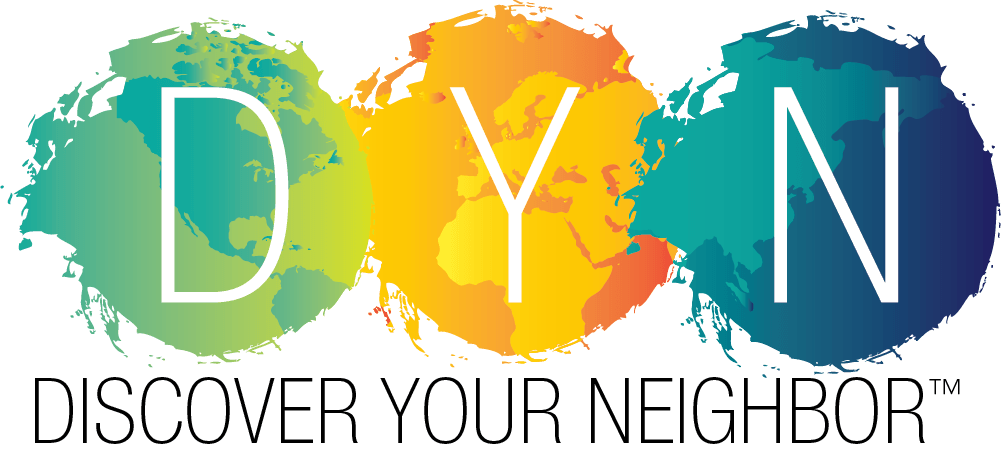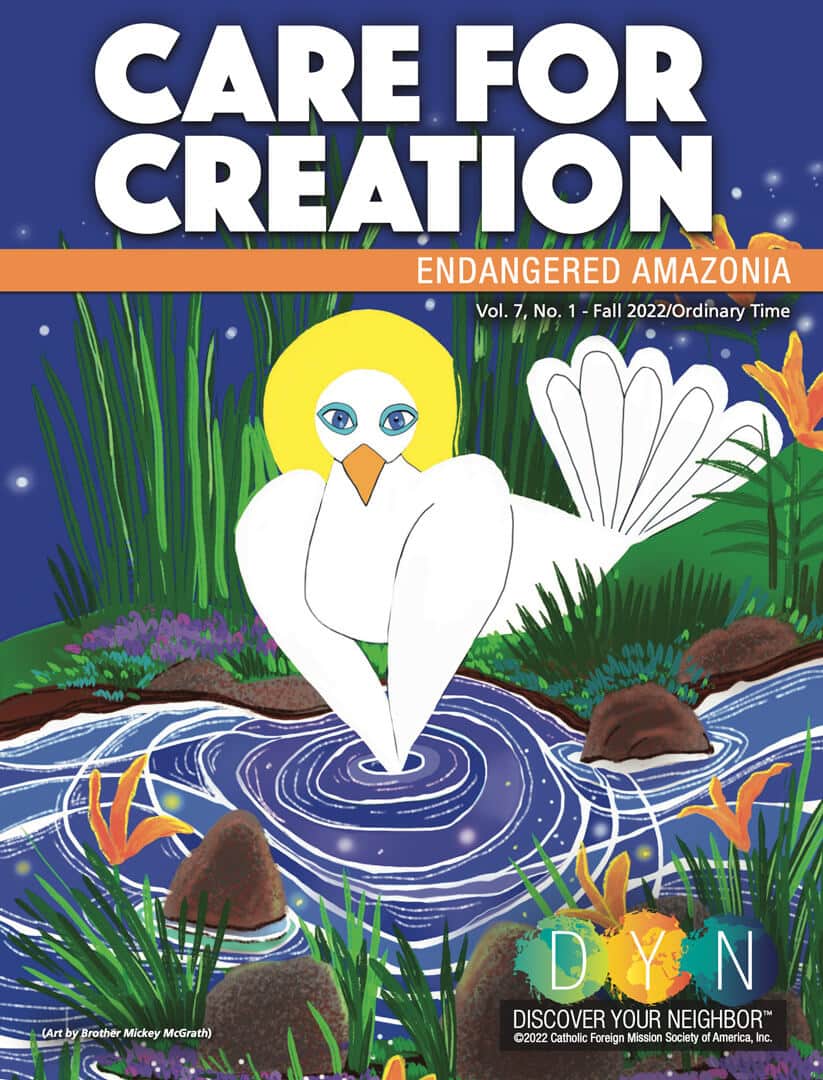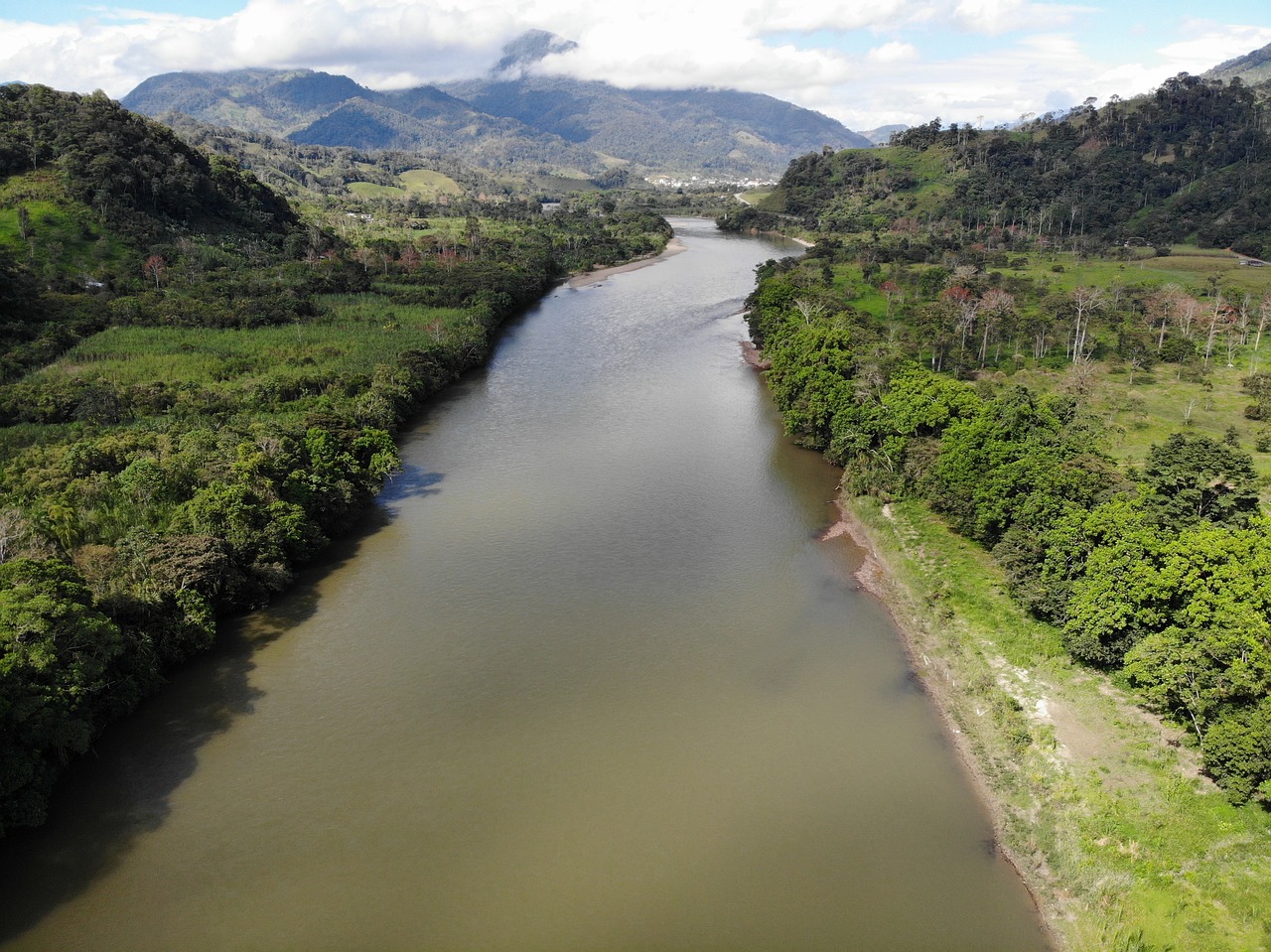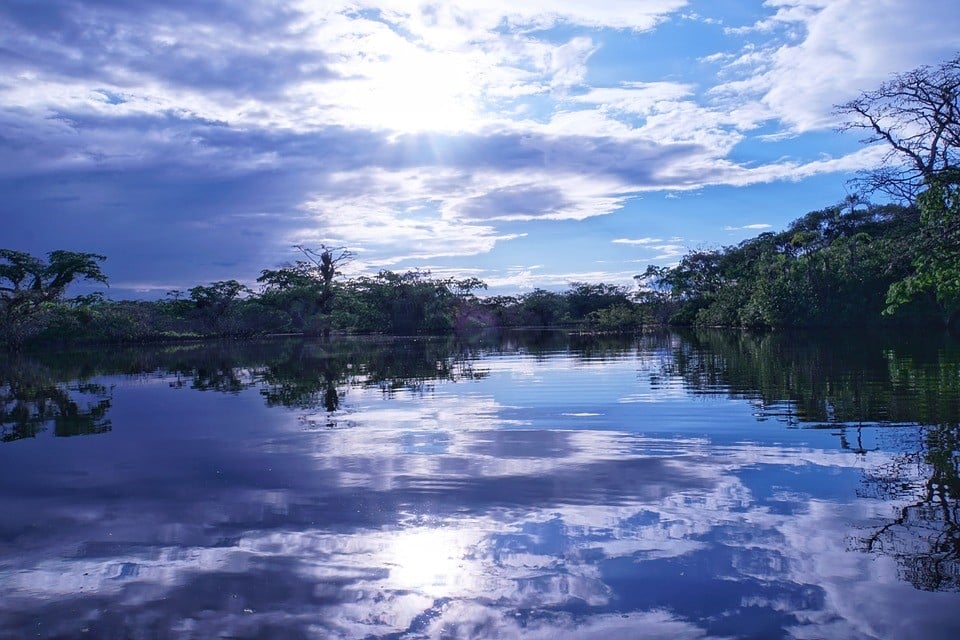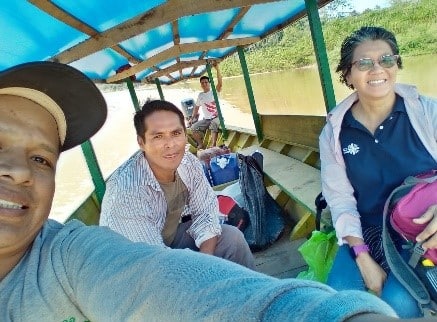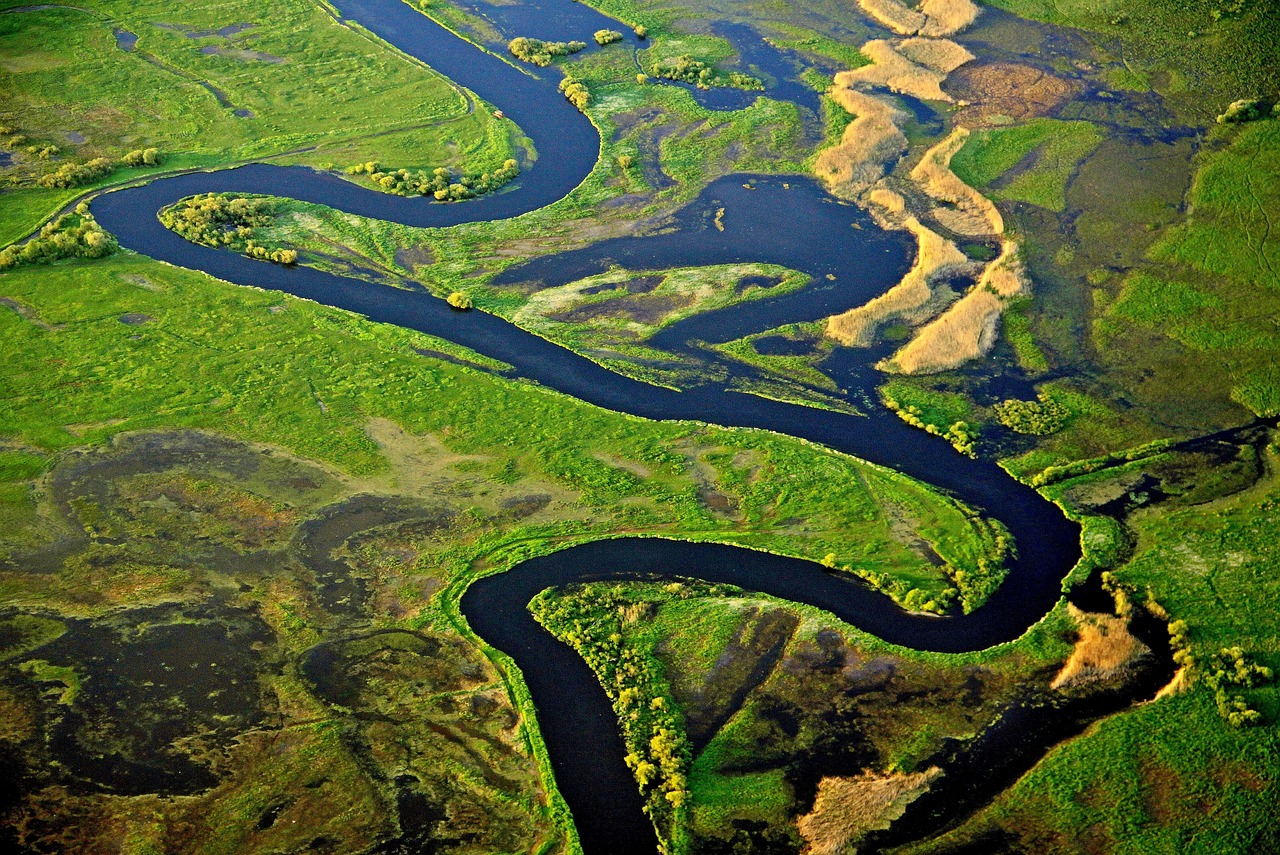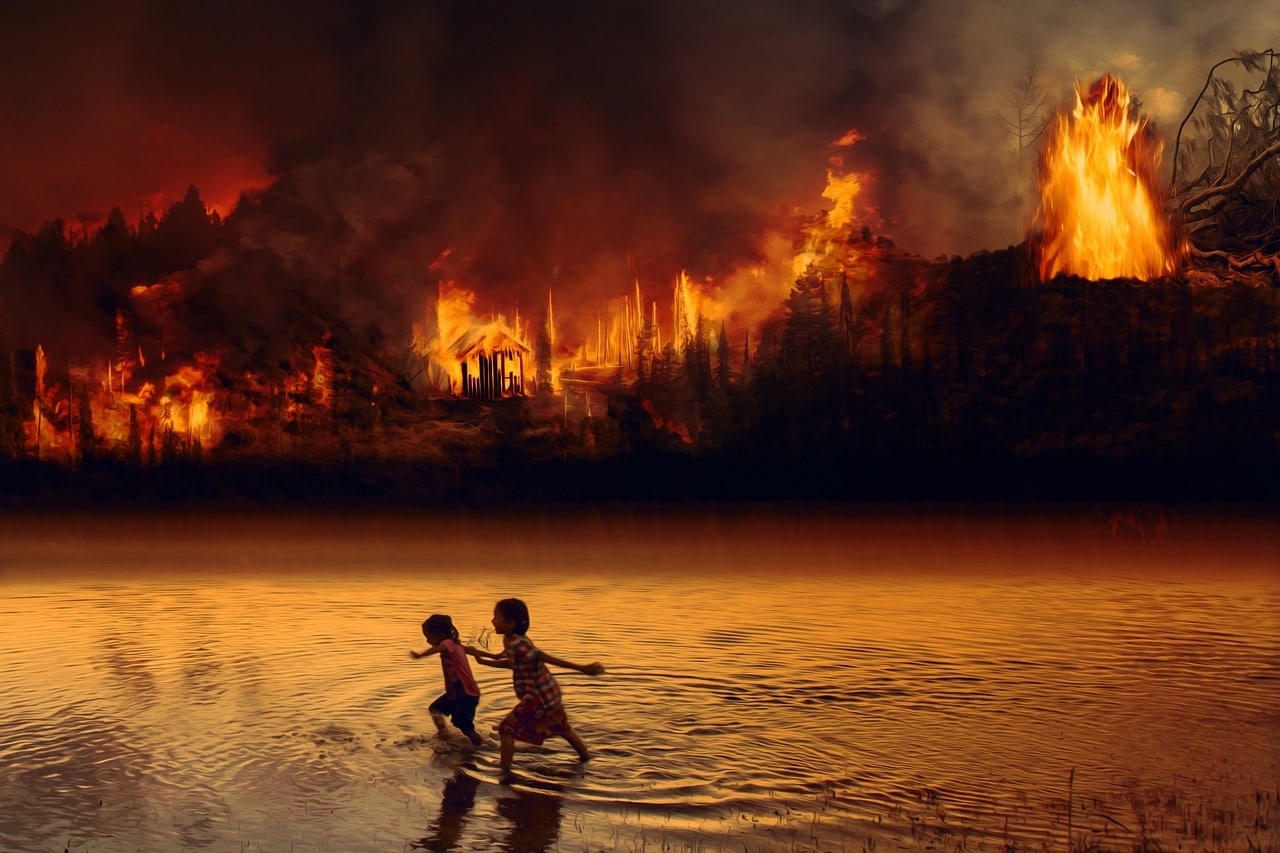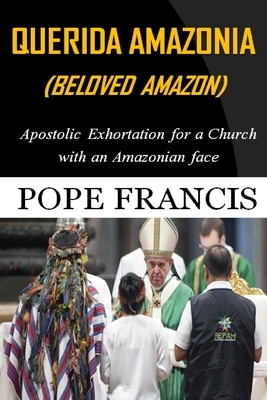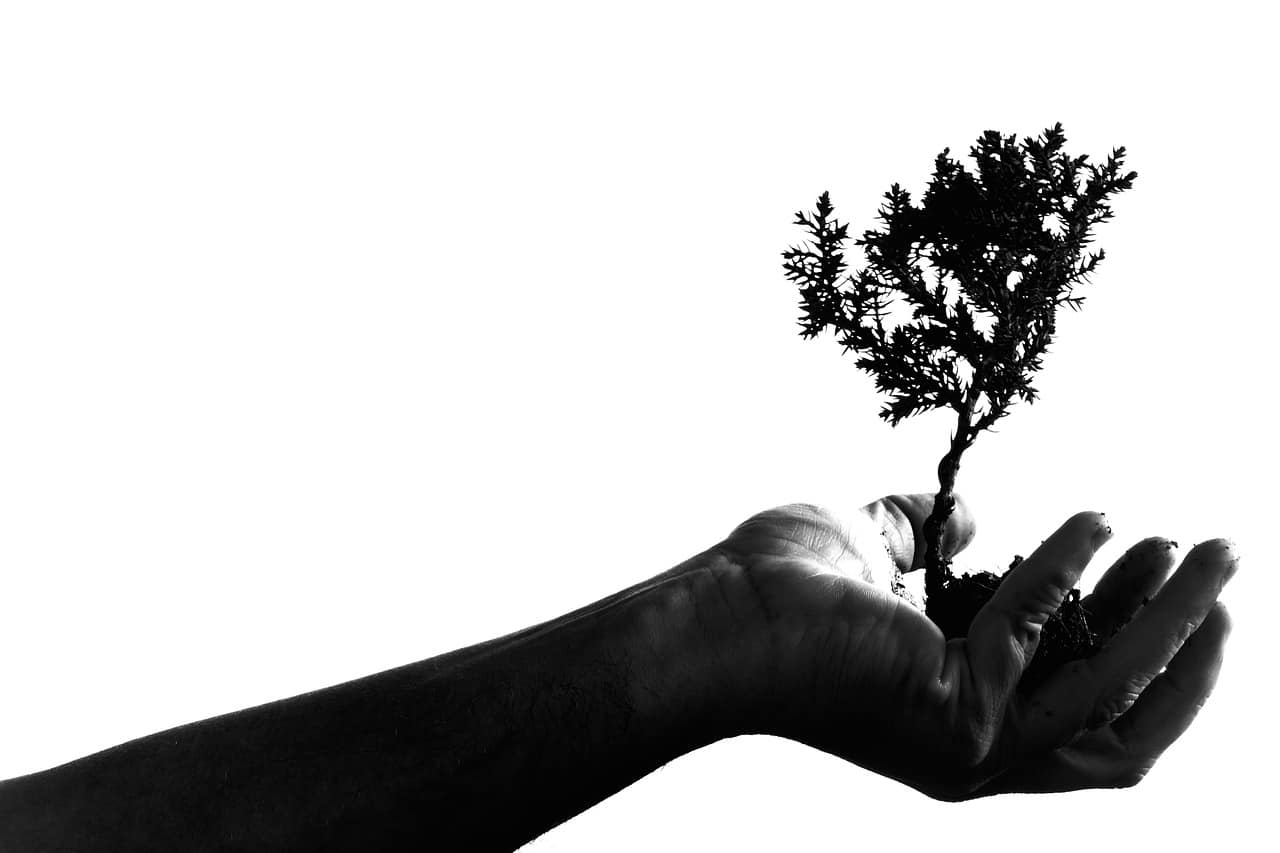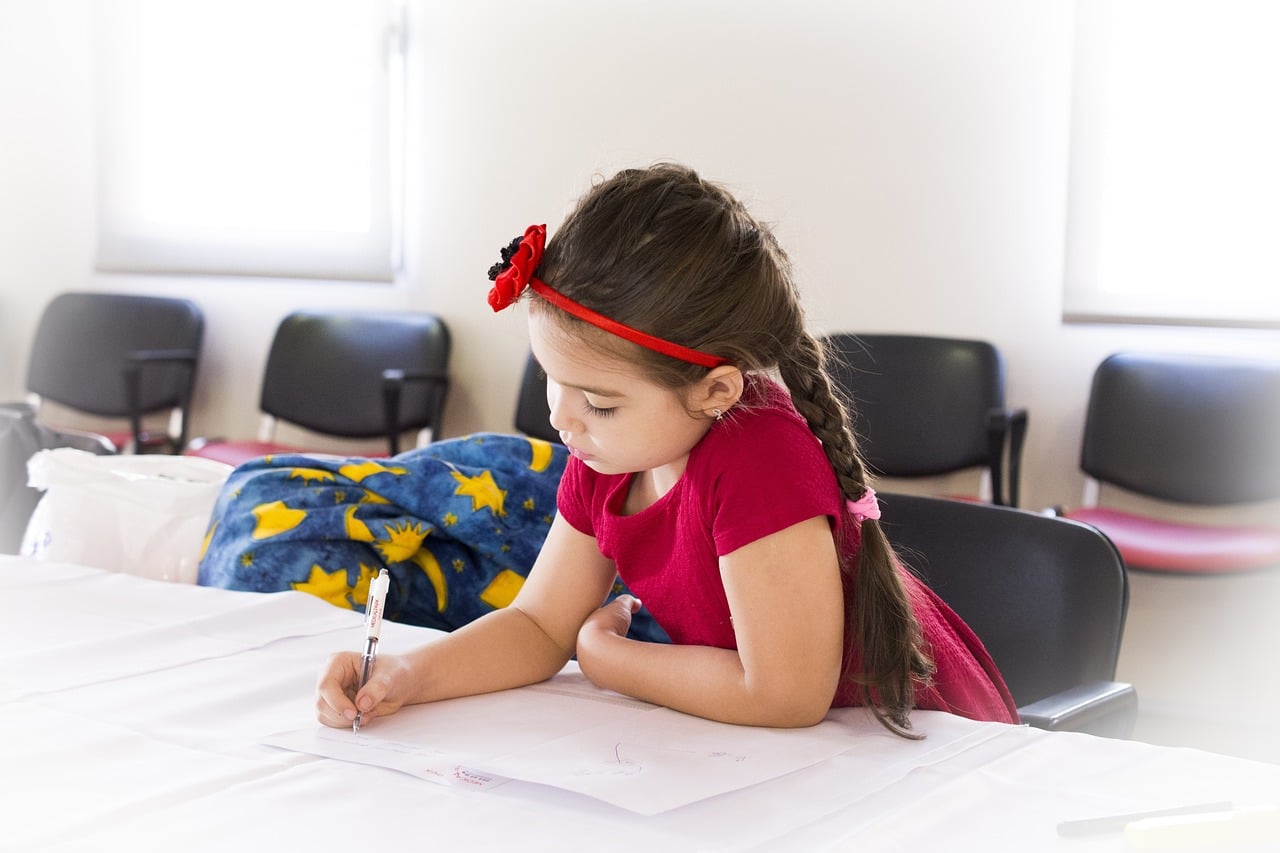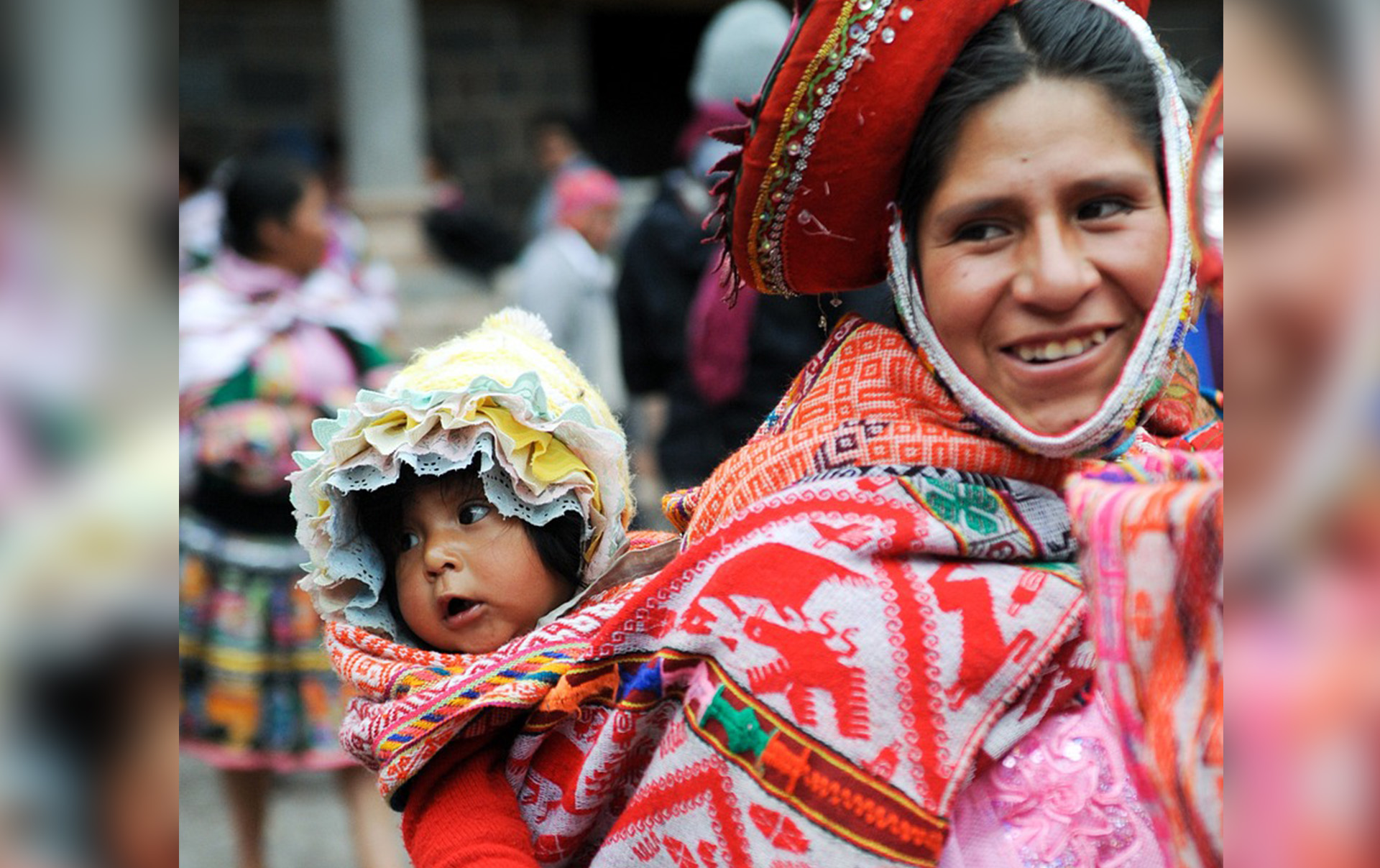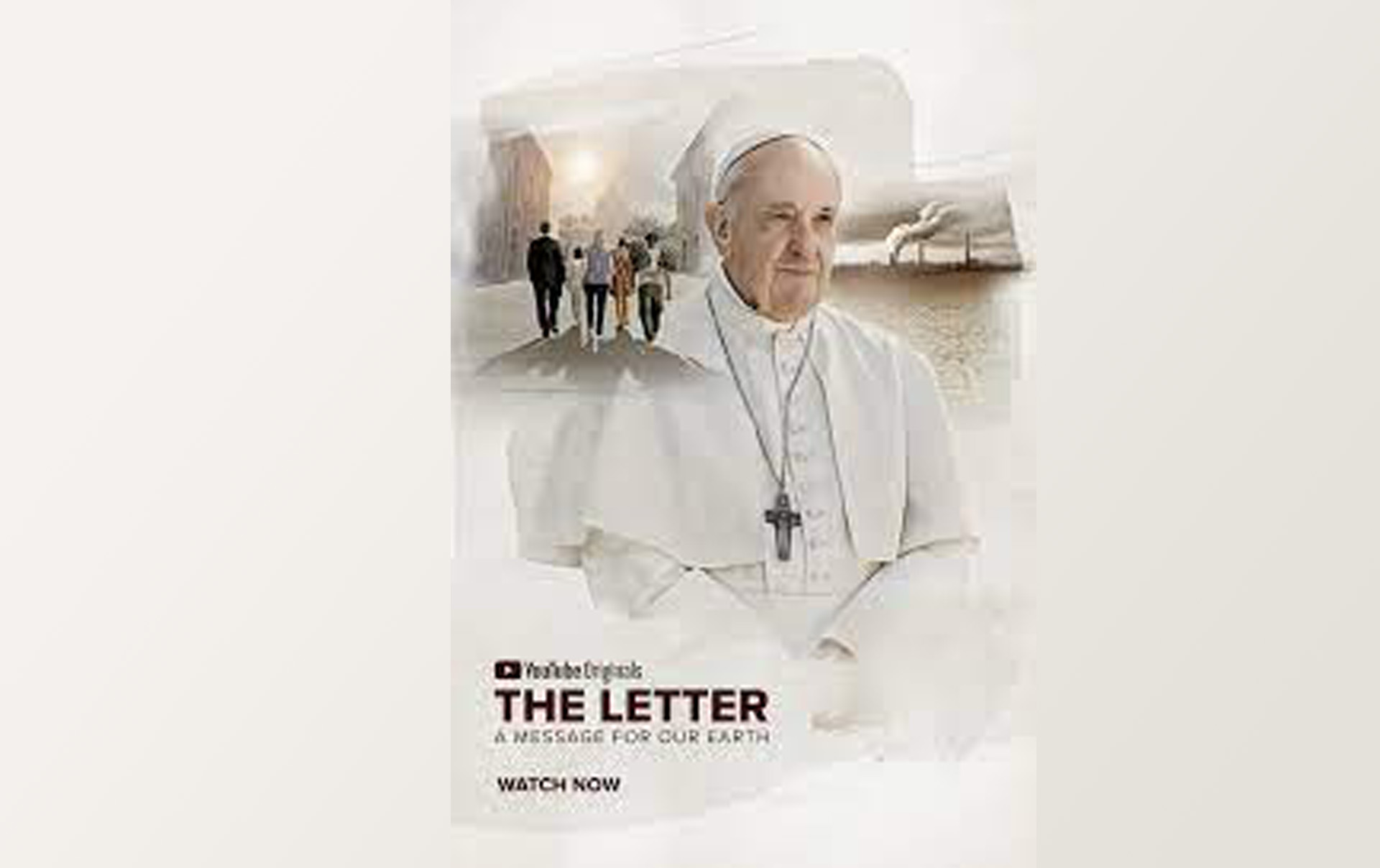Access your Middle School or K-5 Educator’s Guide for your classroom by filling out the form below. You will then be directed to a page where you can download a high quality PDF file to print out or share digitally.
Download the:
THEME: Endangered Amazonia
OBJECTIVE: Students will UNDERSTAND the importance of the Amazon and the dangers it faces. They will APPLY scripture and CST to better understand its connection to how we are called to Care for Creation. They will CHOOSE a response that they can take locally.
They will DISCUSS what they have learned with their family.
Mary Mother of Life, we ask to reign
in the beating heart of Amazonia.
Show yourself the Mother of all creatures,
in the beauty of the flowers, the rivers,
the great river that courses through it
and all the life pulsing in its forests.
Tenderly care for this explosion of beauty.
Ask Jesus to pour out all his love
on the people who live there,
that they may know how to appreciate and care for it.
Touch the hearts of the powerful,
for, even though we sense that the hour is late,
you call us to save
what is still alive.
Mother
who yourself suffer in your mistreated sons and daughters,
and in the wounds inflicted on nature,
reign in the Amazon,
together with your Son.
Reign so that no one else can claim lordship
over the handiwork of God.
We trust in you, Mother of life.
Amen.
Adapted from Pope Francis’ Querida Amazonia.
MISSION STORY
“My connection with nature began when I was a child climbing trees on my grandparents’ property in the Philippines. My siblings, cousins and I would watch the falling stars in the night sky and run in their direction, as if to catch them,” writes Maryknoll Sister Esperanza V. Principio. As an adult, It was the urgency of Pope Francis’ letter on caring for the earth, called “Laudato Si,” that inspired her to expand her ministry from the coastal city where she was working in Peru with a ten-month mission into the Amazon jungle. She wanted to learn first hand the impact of deforestation on the Amazon and its people, particularly the indigenous people.
The Amazon rainforest, sometimes referred to as Amazonia, is the world’s biggest rainforest stretching across 9 different countries in the South American continent. It is a region of great beauty and home to numerous species of plants, animals and insects. But it is more than a source of beauty. Its’ trees extract carbon dioxide from the air and release oxygen. Many indigenous communities also make their home in the Amazon rainforest.
While visiting the rainforest Sister Esperanza’s time was spent in isolated areas to focus on food security and adaptation to climate change and to work with farmers. She was welcomed by, and worked with, seven Indigenous communities on the riverbanks of Las Piedras River. It was on this river that sister ministered to families on small farms who grow cacao, from which chocolate is made.
Sister Esperanza explains, “During my time in the region, I experienced the richness and immensity of the Amazon jungle. I traversed the rivers by boat — sometimes for days — to reach the mission areas. The journeys made me a silent witness to the wonders of the largest and most biodiverse tract of rainforest in the world, drawing me to a deep communion like my experience of receiving Christ in the Eucharist. However, living in the Amazon also means witnessing an ecosystem that is fractured. Systematic burning, land conversion, land grabbing, deforestation, mining and non-protection of tropical forests and their Indigenous guardians happen daily. I felt some helplessness as a muted witness amid all this threatened beauty.”
This experience has left sister with two questions: “What will it take for us to realize we cannot live without nature? How late will we wait until we take care of and repair creation?”
Upon her return to Lima, Peru where she has been a missioner for 13 years she shares her reflection, “My Amazonian experience has deepened my lifelong commitment to care for the earth and God’s creation with tenderness and love. I continue to pray for the Amazon Rainforest and its people so that it may continue to give life to our planet and its inhabitants.” Sr. Esperanza has been a witness to both the beauty and destruction of the Amazon. If we don’t act now she pleads, the forces of destruction will win.
JOURNAL or DISCUSS the following questions:
1. Why is the Amazon Rainforest in danger?
2. Why is the Amazon important not only to the people there, but others around the world?
READ THE FOLLOWING:
Old Testament: Exodus 3:7-12
Life of Jesus: Luke 6:20-26
Christian Living: Rom 1:19-21
- Pope Francis said the cry of the Amazon is similar to the cry of God’s people in Egypt. How can God’s words to Moses in Exodus apply to us and the Amazon?
- In the take action section, you will learn about Sister Dorothy Stang who worked with the poor in the Amazon. Why do you think she was inspired by the Beatitudes in giving her life for this work? What can we learn from the creation that God has made?
“The equilibrium of our planet depends on the health of the Amazon region… The cry of the Amazon region reaches everyone because the conquest and exploitation of resources has today reached the point of threatening the environment’s hospitable aspect: the environment as ‘resource’ risks threatening the environment as home. The interest of a few powerful industries should not be considered more important than the good of the Amazon region and of humanity as a whole.” Pope Francis, QUERIDA (BELOVED) AMAZONIA 48.
WATCH the trailer to the Letter for a message from Pope Francis.
Sr. Dorothy Stang was a Sister of Notre Dame de Namur and was killed in 2005 because of her missionary work in the Amazon. WATCH Blessed Among Us Video on YouTube to learn more about Sr. Dorothy. In her memory the Notre Dame de Namur sisters invite us to:
• Cultivate gardens of any size anywhere and share the harvest with people who have limited access to fresh produce.
• Start a “green” or environmental club in your school, if there isn’t one already.
• Plant trees.
• Pray for all immigrants seeking asylum and peace.
• Advocate for comprehensive immigration reform.
• Carry out simple and practical solutions to protect the planet.
CHOOSE one of the items on this list, or create your own option. Then CELEBRATE the steps that you have taken.
Additional Digital Content
- https://mklm.org/environment/whats-at-stake-in-the-amazon
- https://www.youtube.com/watch?v=cF5J02mOinI
In Laudato Si Pope Francis wrote a letter to each one of us. Raise your voice by WRITING a letter to someone inviting them to join you in protecting the environment. Include in the letter why they should care, what they could do to make a difference, and how it is connected to the value of caring for each other and the earth.
BE A GLOBAL NEIGHBOR
JOIN Maryknoll Fathers & Brothers in supporting a project in Peru that supports members of indigenous communities and grassroots social organizations who empower themselves by learning their rights, strengthening their communities and organizations, being proactive in nonviolent actions for the defense of our common home, Mother Earth, and her natural resources, especially water, and continually creating new paths.
LEARN more at Maryknollsociety.org.
ENGAGE YOUR FAMILY
As a family WATCH the movie The Letter by Pope Francis on YouTube. Then DISCUSS these questions:
- What did you learn about the Amazon from this movie?
- What did you learn about the stories of the people in the movie?
- What does our faith and the Catholic Church tell us about how we should respond to the climate crisis in the Amazon?
- How should we respond as a family?
